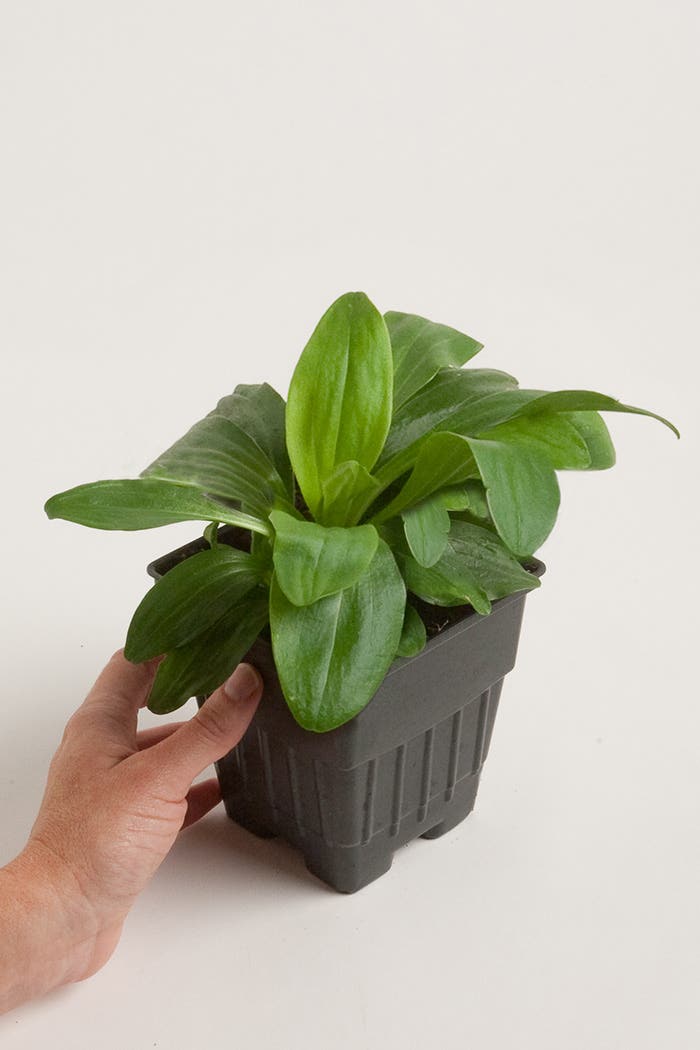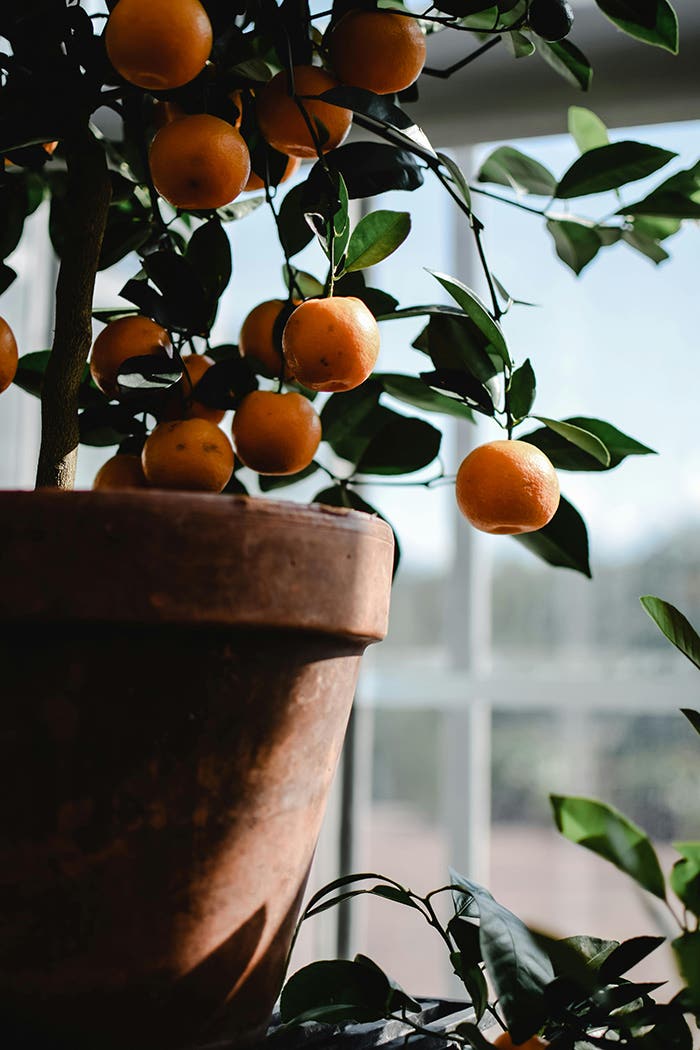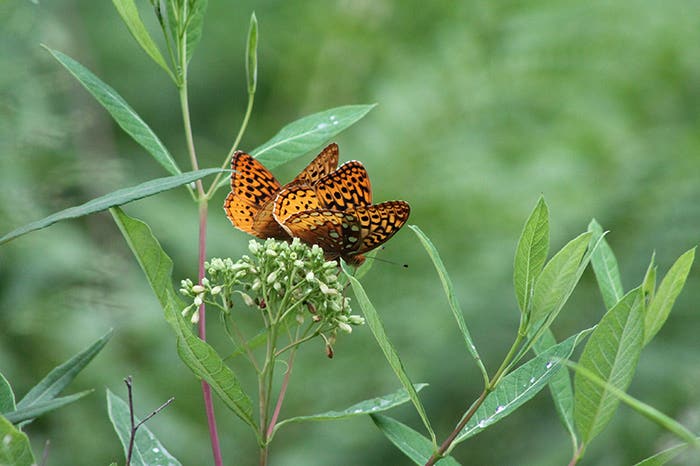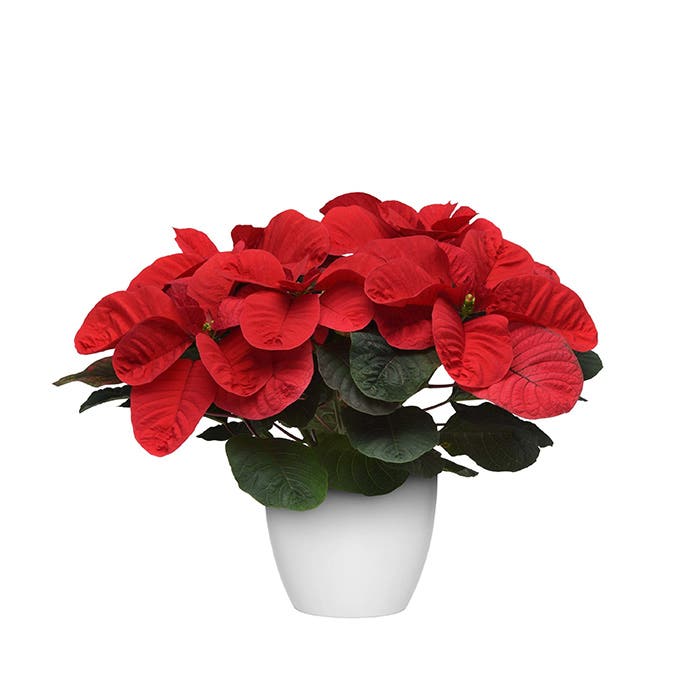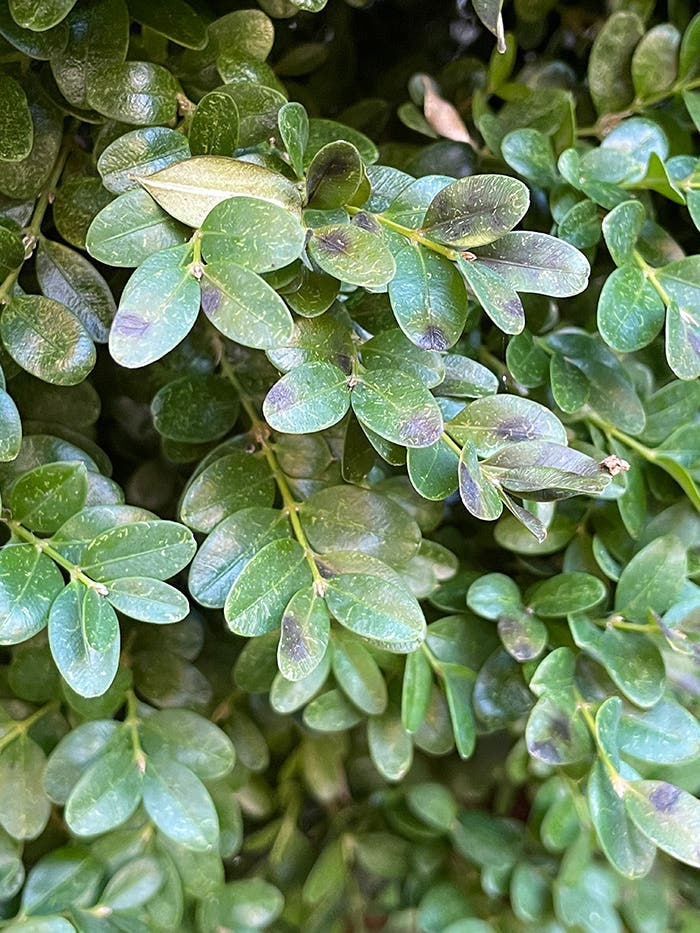Store-bought potting mixes are convenient and effective, but the cost adds up quickly when you have a lot of containers to fill. Here’s how to create homemade potting mix using compost from your own compost bin or a municipal compost pile.
For a general, all-purpose homemade potting mix for container plantings, simply blend compost, garden soil and coarse sand in equal parts.
Notes on materials:
Compost: This may come from your own compost pile or a municipal pile if your town or city has such. If the compost is heavy and chunky, screen it before using it. This is much like sifting flour for baking. Place a framed screen over your wheelbarrow or other large container, spread compost on top of it and shake the screen so that the compost sifts through. You can also tap the screen with a shovel or rake handle to get the compost moving through it. Screening compost is easier if you let the compost dry out a bit first.
Garden soil: Though it may seem contradictory, we do recommend purchasing garden soil (also know as topsoil) instead of digging it from your garden. The bagged type has been processed to kill any pathogens, weed seeds and microorganisms that are fine in the open garden but can cause problems in containers. It also has a balanced structure and texture, rather than being more sandy or more clay-based. That said, if you do wish to use your own garden soil, you should sterilize it first with heat. Instructions abound online.
Coarse sand: Also sold as builder’s sand, this ingredient improves drainage in your potting soil. Caveat: If you’re using your own garden soil rather than bagged soil, and your soil has a high clay content, do not add sand. This is akin to making concrete.
You can improve drainage and lighten the mix further by also incorporating an equal proportion of shredded bark, such as shredded pine mulch.
This simple homemade potting mix should work well for temporary container plantings of annual plants as well as longer-term containers of perennials and woody plants. Your own experience may lead you to tinker with the recipe to best suit your specific plants.


